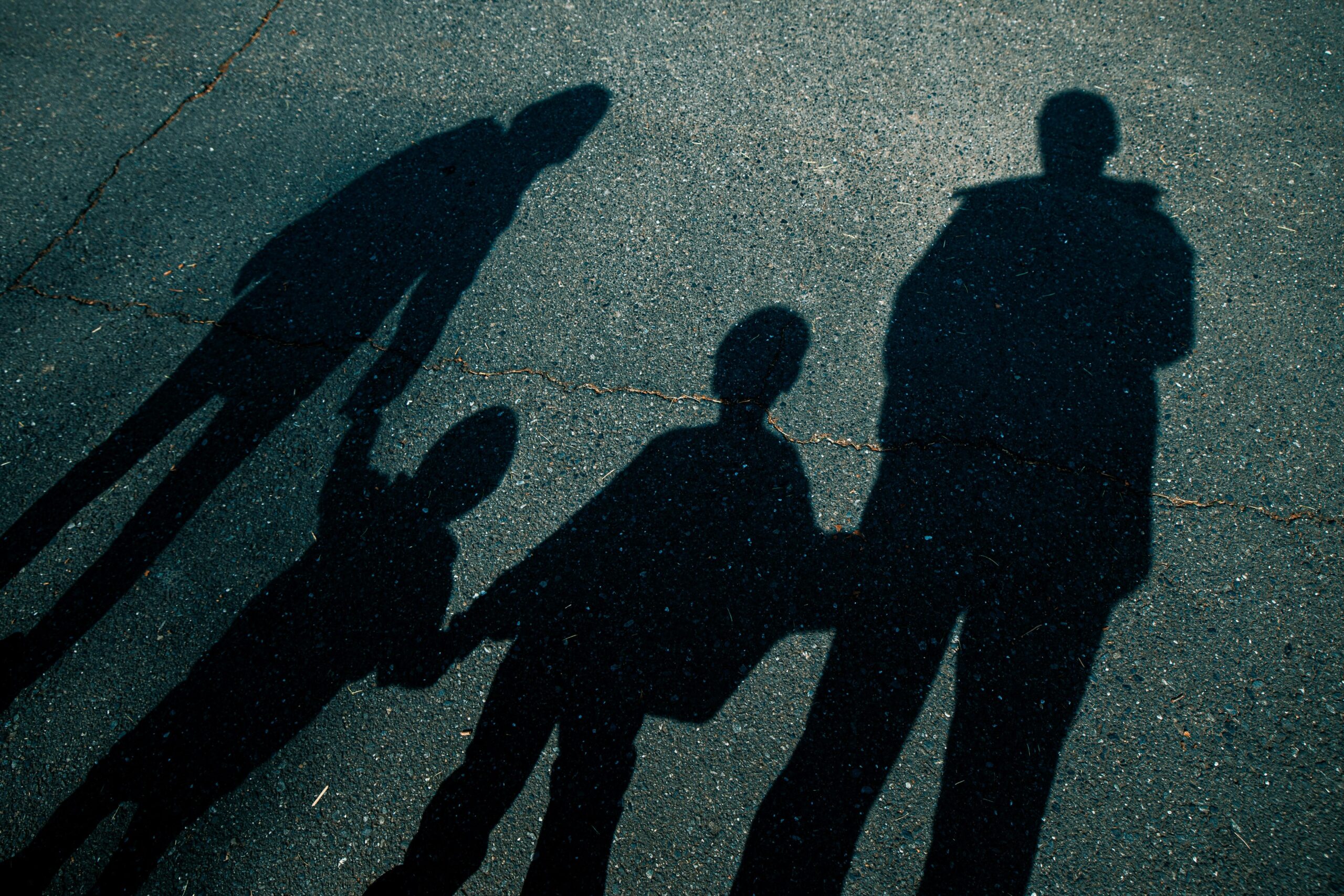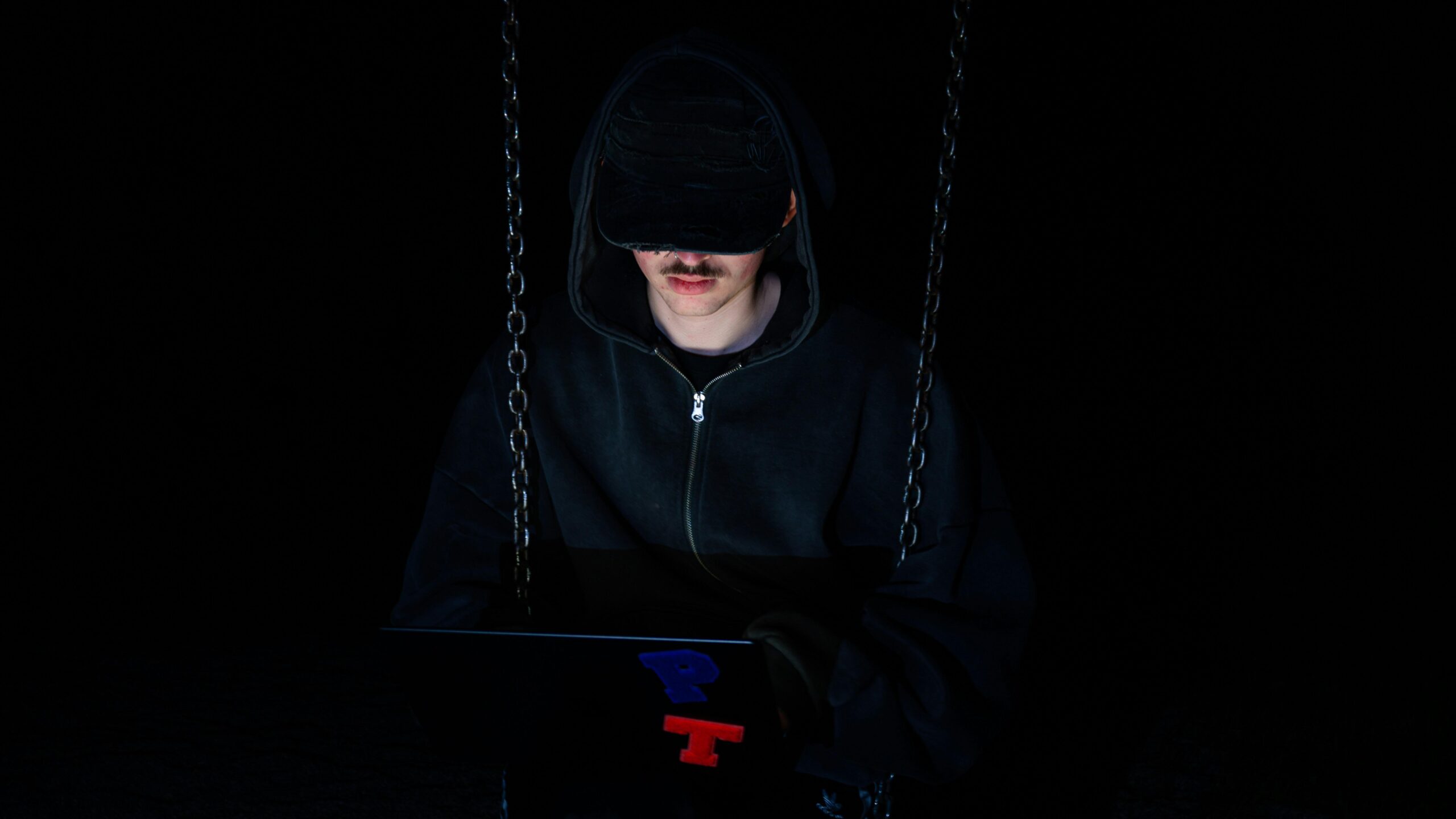When we think about the choices people make, especially those that lead down the wrong path, a question often lingers: how much does family influence these decisions? The family is our first social world—a place where values, behaviors, and coping skills are learned. But can the very environment meant to nurture us sometimes steer individuals toward crime? In this article, we’re diving into the intriguing connection between family dynamics and criminal behavior. By exploring how different family factors shape life trajectories, we hope to uncover why some paths veer into trouble while others don’t. Let’s unravel this complex link together and see what stories the research and real life have to tell.
Table of Contents
- The Role of Childhood Environment in Developing Risk Factors
- Unpacking Parental Influence and Its Impact on Behavior
- How Family Dynamics Can Either Protect or Push Toward Crime
- Strategies for Strengthening Families to Prevent Criminal Pathways
- Concluding Remarks
The Role of Childhood Environment in Developing Risk Factors
The early years of a person’s life are often the canvas upon which future behaviors are painted, and the environment they grow up in plays a pivotal role in shaping their choices. Children raised in homes marked by instability, neglect, or abuse frequently encounter emotional and psychological challenges that increase vulnerability to risky behavior. This isn’t merely about the presence of adverse conditions but also about how these circumstances influence the development of coping mechanisms—or the lack thereof. For example, a child who witnesses or experiences violence might internalize aggression as a normalized response to conflict, which can later manifest in criminal activity.
Several environmental factors intertwine to build potential pathways toward crime, including:
- Parental Involvement: Consistent supervision and emotional support can act as buffers against risk.
- Socioeconomic Status: Financial hardships may limit access to resources and opportunities, fostering feelings of frustration and disenfranchisement.
- Peer Influence: Childhood social circles often mirror family dynamics, reinforcing either positive or negative behaviors.
- Community Environment: Exposure to neighborhood crime rates and social disorder contributes to shaping perceptions of acceptable behavior.
Understanding these factors helps unravel the intricate web connecting childhood experiences with future tendencies toward crime, highlighting the critical need for nurturing and stable family environments that foster resilience rather than risk.
Unpacking Parental Influence and Its Impact on Behavior
Parental influence casts a long shadow over the behavioral development of children, often setting the stage for future choices. When parents provide consistent guidance, emotional support, and clear boundaries, children are more likely to develop healthy coping mechanisms and social skills. Conversely, environments characterized by neglect, harsh punishment, or inconsistent discipline can inadvertently cultivate feelings of anger, confusion, and mistrust. These emotional undercurrents sometimes manifest as rebellious or antisocial behavior, steering some young individuals toward risky or criminal paths. The nuances of parental style—whether authoritarian, permissive, or neglectful—play a pivotal role in shaping a child’s capacity to navigate societal expectations and moral decisions.
Beyond direct interaction, parents also influence behavior through subtler means that ripple through the family dynamic, such as:
- Modeling behaviors: Children internalize how conflicts and stress are handled.
- Emotional climate: A household filled with tension or warmth can drastically affect emotional regulation.
- Exposure to values and norms: What parents prioritize—education, respect, or material success—shapes children’s moral compass.
Understanding these layers helps unlock why some family environments function as protective buffers while others inadvertently act as catalysts in the complex journey toward deviant behavior. This delicate balance highlights the significance of nurturing positive parent-child relationships when addressing root causes of crime within communities.
How Family Dynamics Can Either Protect or Push Toward Crime
Families serve as the earliest environment where values, behaviors, and emotions are cultivated, making them a powerful force in shaping individual life choices. When communication is open, support is abundant, and boundaries are clear, family members often develop strong self-esteem and resilience. This protective atmosphere can act as a shield against negative peer pressure and risky behaviors, fostering a sense of belonging and accountability. Positive family dynamics often incorporate elements like trust, consistent discipline, and emotional responsiveness, which collectively create a foundation that discourages illegal activities and promotes pro-social decision-making.
Conversely, environments marked by conflict, neglect, or inconsistent parenting can create fertile ground for a path toward crime. Exposure to violence, lack of supervision, or familial criminal behavior can normalize wrongdoing and reduce the stigma surrounding it. Within such settings, children and adolescents may turn to crime as a misguided means of coping or gaining acceptance, especially if alternative support systems are absent. Key risk factors include:
- Parental substance abuse or incarceration
- Chronic family instability or dysfunction
- Emotional or physical abuse
- Economic hardship coupled with limited community resources
Understanding these contrasting family influences helps illuminate why some individuals are more vulnerable than others in their journey through crime’s complex landscape.
Strategies for Strengthening Families to Prevent Criminal Pathways
Building resilient family units demands intentional effort and support systems that nurture positive growth. Encouraging open communication channels between parents and children fosters an environment where concerns and emotions can be freely expressed without fear of judgment. When trust is cultivated early on, young members feel valued and understood, significantly reducing feelings of isolation that often contribute to risky behaviors. Additionally, consistent and fair boundaries provide a clear framework of expectations, enabling children to develop self-discipline and respect for rules.
Community resources also play an essential role, offering families tools and workshops that enhance parenting skills and emotional intelligence. Implementing programs such as:
- Conflict resolution and anger management training
- Family counseling and mentorship initiatives
- After-school engagement and recreational activities
These opportunities strengthen familial bonds and redirect youth energy toward positive endeavors. Ultimately, fostering supportive connections within the family sphere lays a powerful foundation to deter pathways leading toward criminal behavior.
Concluding Remarks
As we’ve seen, the family is often the first—and sometimes most influential—environment shaping the paths individuals take, including those that lead to crime. From early childhood experiences to ongoing relationships, family dynamics weave complex patterns that can either shield or expose someone to risky behaviors. While no single factor tells the whole story, understanding these connections encourages us to look deeper and ask: How can we support families better to create stronger, safer communities? It’s a question worth exploring, reminding us that behind every statistic is a story shaped by the ties of kinship. Stay curious, and keep questioning the roots beneath the surface.












